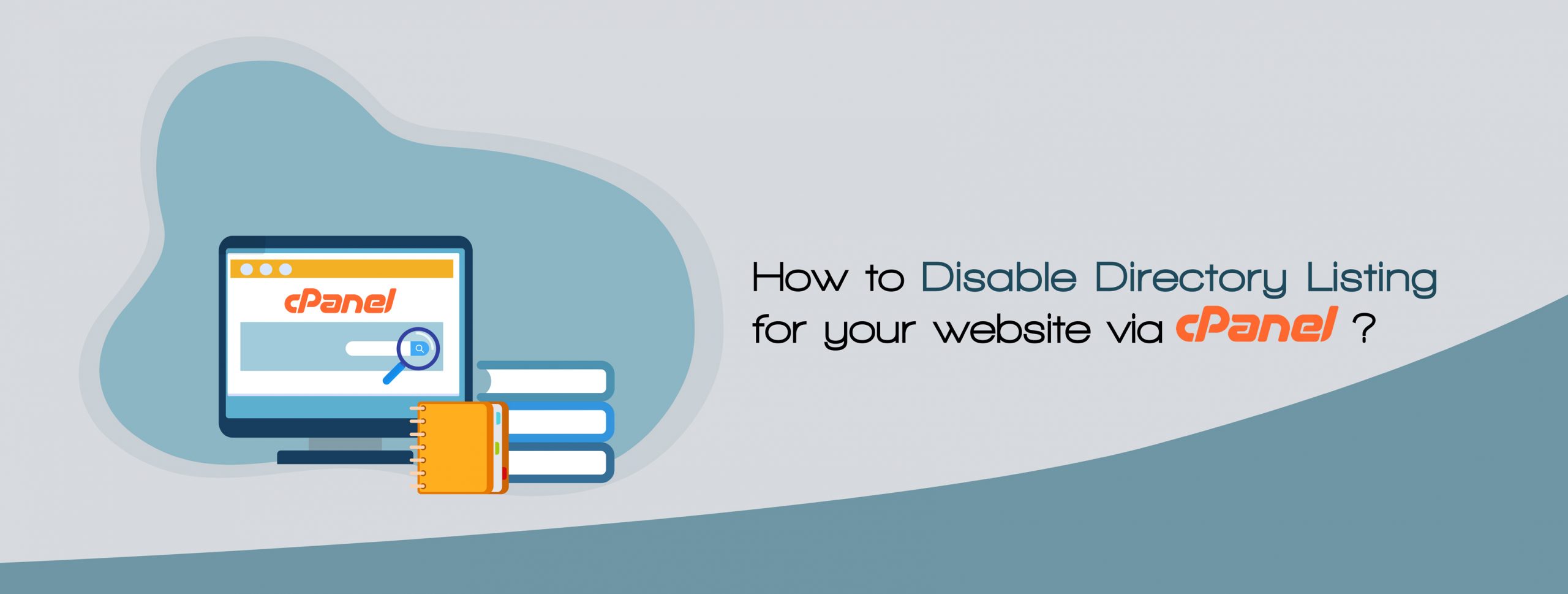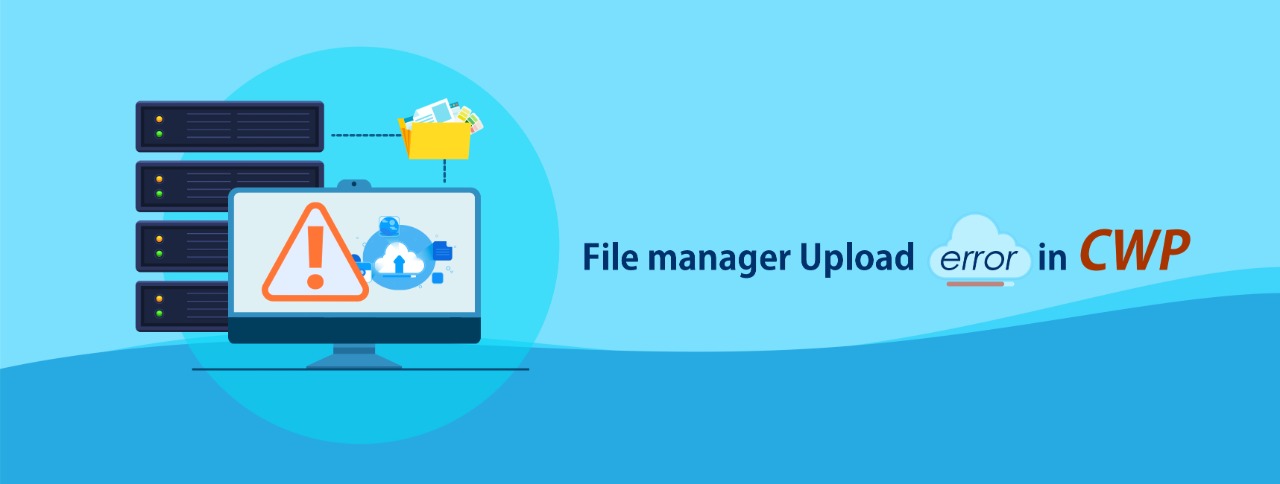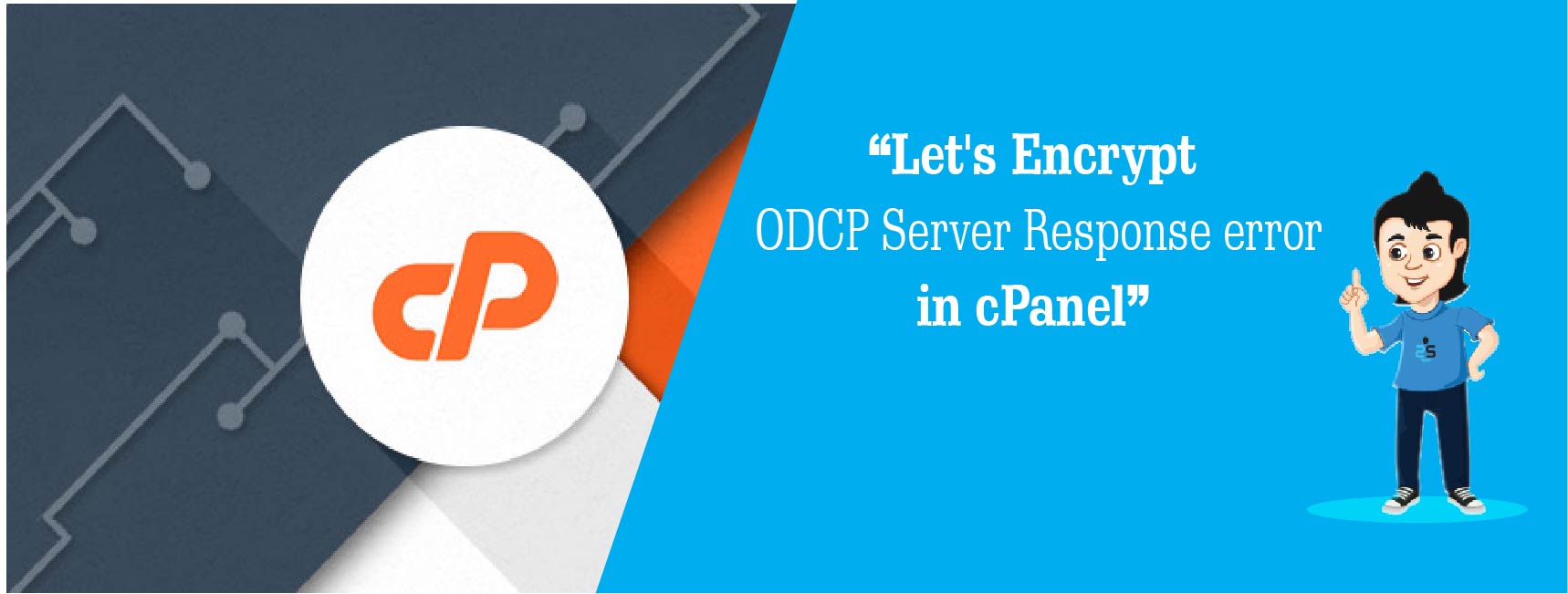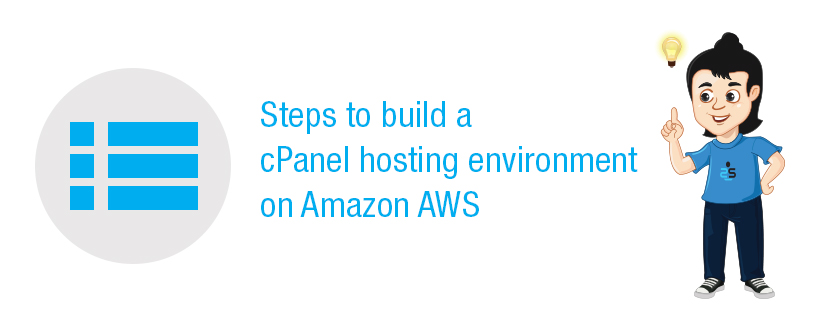Published on : June 25, 2021 by Gary Griffith

What is Directory Listing? Directory listing is a feature which list the contents of a directory if there is no index file (e.g. index.php or index.html) present in that directory. So, once directory listing is enabled and if that directory is not having any index files, when a request is made to that directory, the […]
Published on : June 9, 2021 by Scarlett Upton

While uploading a file of larger size in CWP using the file manager, you may encounter a file upload error as following in the log file /usr/local/cwpsrv/logs/error_log. [otw_shortcode_info_box border_type=”bordered” border_color_class=”otw-blue-border” border_style=”bordered”]2021/05/24 04:20:58 [error] 2578322#0: *114 client intended to send too large body: 720059757 bytes, client: 117.203.36.77, server: localhost, request: “POST /cwp_7c0f4a5796597df4/testfil/testfil/index.php?module=filemanager&acc=uploadFiles HTTP/1.1”, host: “host.example.com:2083”, referrer: “https://host.example.com:2083/cwp_7c0f4a5796597df4/testfil/fileManager_v2.php”[/otw_shortcode_info_box] […]
Published on : August 29, 2019 by Glenn Max

DMARC stands for Domain-based Message Authentication and Conformance. A DMARC policy allows a sender’s domain to indicate that their emails are protected by records like SPF, DKIM, etc. and tells a receiver what to do if neither of those authentication methods passes – such as to reject the message or quarantine it. The policy can […]
Published on : August 14, 2019 by Eric Maze

This issue normally occurs when STAPLING is enabled and you are not able to connect to the SSL CA provider. Normally it’s because of network error in the datacenter. You can verify that by pinging from your server (where you are facing this issue) to SSL CA provider. In our case ocsp.int-x3.letsencrypt.org. If you not […]
Published on : July 1, 2019 by Eric Maze

cPanel/WHM hosting environment on Amazon AWS cPanel is a Linux based web hosting control panel that works through a Graphical user interface(GUI). The main advantage of cPanel server is that it can be easy to install and configure websites and E-mail. It can be even installed on an operating system which is minimally configured. WHM […]
